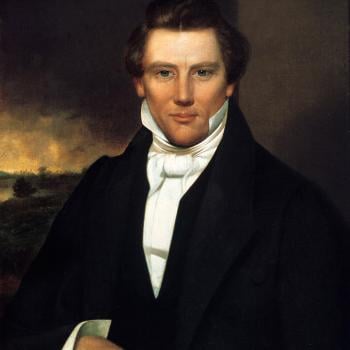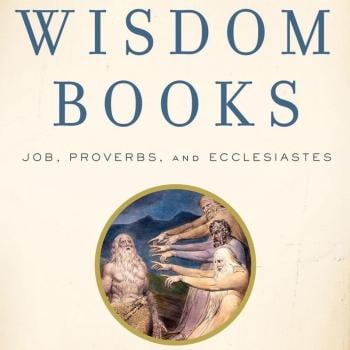The following post by Larry Hurtado is helpful on the subject of oral texts and their public reading in antiquity.
More Material Evidence on Reading in Roman Antiquityby larryhurtado |
Yesterday I complained that some offering claims about texts and reading in antiquity didn’t take adequate account of important material evidence, citing the data offered in manuscripts that indicate how they were used. Specifically, many Christian manuscripts of biblical texts come from the copyist with various “reader’s aids” that were clearly intended to facilitate reading the manuscript. This shows that people actually read from manuscripts, and weren’t foced to memorize texts and deliver them from memory.
Another body of material evidence even more overlooked (to my knowledge) is comprised of the many visual representations of people using texts from the ancient world. These are paintings, reliefs and sculptures. These show us the implements used to copy texts, the postures taken in doing so, private and public reading of texts, etc.
So far as I know (and I would love for someone to correct me), the major collection of this visual evidence is in a very old book: Theodor Birt, Die Buchrolle in der Kunst: Archaeologische-antiquarische Untersuchungen zum antiken Buchwesen (Leipzig: Teubner, 1907; reprint, Hildesheim/New York: Georg Olms, 1976). Roughly translated: “The Bookroll in Art: Archaeological and Antiquarian Investigations of Ancient Book Culture”. There are some 190 illustrations (photos and drawings of items). The timespan ranges from ancient Egypt through late Roman antiquity.
Specifically relevant to the issue with which I’m concerned (did people read aloud from manuscripts in group settings), Birt provides us ancient visual depictions of such events, with one person reading and others in the group engaging in discussion of the text. These correspond to the references to reading-occasions in ancient literature so deftly discussed recently by William A. Johnson, Readers and Reading Culture in the High Roman Empire: A Study of Elite Communities (Oxford: Oxford University Press, 2010).
Those of us used to printed leaf-books and whose acquaintance with Greek or Latin is solely through printed editions (which typically include modern punctuation and lots of other aids, and most importantly have word-separation) will likely find ancient manuscripts difficult to read. But it is an error to assume (as, unfortunately, some do) that our difficulty equals that of ancients (for whom “scriptio continua”, i.e., words written without separation, for example, was common).
Fortunately, Birt’s book has been reprinted a few times (especially in the 1976 reprint mentioned above). Unfortunately, however, the reprint is a much-reduced size, which means that the illustrations are smaller. Also, the quality of some photos has suffered. But, overall, there are plenty of illustrations clear enough to be of value to anyone seriously interested in the use of books in antiquity.
Now here’s a project for someone, perhaps a PhD student in Art History. What are we to make of the visual depictions of people with a roll and others with a codex? I have some observations and ideas, but I haven’t made an exhaustive search of relevant items. I don’t think there are any depictions of “high status” individuals (e.g., emperors and other high figures, philosophers, etc.) with a codex prior to the 4th century CE. There are likely reasons for that.
But after the “triumph” of Christianity in the 4th century CE, in Christian art thereafter we have figures sometimes depicted with a roll and sometimes (and/or other figures) with a codex. I can point to depictions of Jesus sometimes with a roll and sometimes with a codex. Is there an iconographic significance to these choices? And could someone do a full (or at least large) inventory and analysis (if it hasn’t been done)?














